How To Create a Wildlife Friendly Garden
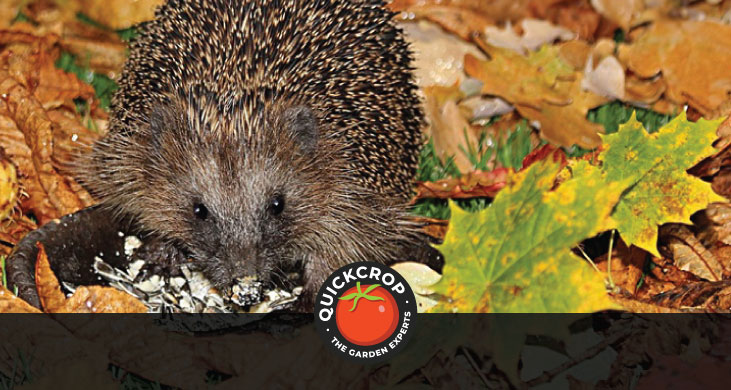
One of the greatest pleasures in gardening is watching life flourish all around you: not just in terms of the plants you grow, but also the non-human visitors to your garden. A biodiverse garden isn't just a joy to spend time in, it's also more resilient, productive, and balanced.
Creating a wildlife friendly garden doesn’t necessarily mean letting things grow wild (unless that’s your goal, of course), but rather working with nature to create a space that supports many forms of life. And the good news is that even small changes can make a big difference.
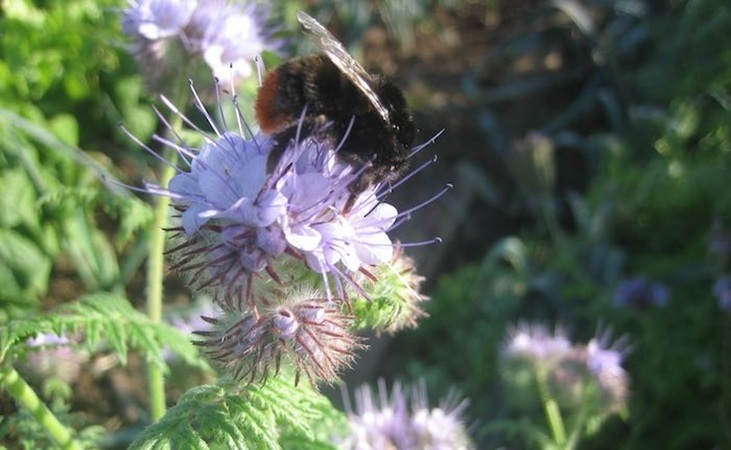
Unfortunately, modern and misguided practices have led to a stripping away of all kinds of wildlife habitat around the country. Whether it's trees being cut down and replaced by sitka plantings, widespread clearing of hedges (especially during nesting season) or the use of chemicals and pesticides in private gardens - all too often the needs of human convenience win out over wildlife and nature.
Ultimately this can only harm both humans and animals. An ecosystem that has been steadily stripped of suitable habitat is one that is less healthy and balanced. The beauty of biodiversity is that nature has a way of balancing itself. 'Pest' attacks often decrease, as natural predators keep populations of troublesome insects in check.

Bird and Wildlife Friendly Native Hedging Plants - Pack of 25
View ProductHow To Attract Wildlife to Your Garden
In a perfect world we could all set up a mini 'wildlife sanctuary' in our back garden, but there is of course a balance to be struck. The trick is to gently reintroduce elements that help wildlife thrive, while still keeping the garden a place you enjoy and can grow crops productively in.
- Consider Your Garden Layout
- Set Up a Garden Pond
- Grow a Variety of Flowers that Bloom in Different Seasons
- Plant Bare Root Wildlife-Friendly Hedging
- Avoid Using Chemicals in the Garden
- Set Up Bird Feeders or Nest Boxes
- Encourage Leaf Piles or Habitat
- Ensure that Wildlife Can Access Your Garden
Garden Layout
Start by thinking about your garden layout. A biodiverse garden is rarely uniform. Trees and hedging provide nesting spaces, shelter or food, while borders of herbaceous plants or wildflower patches can support pollinators and beneficial insects.
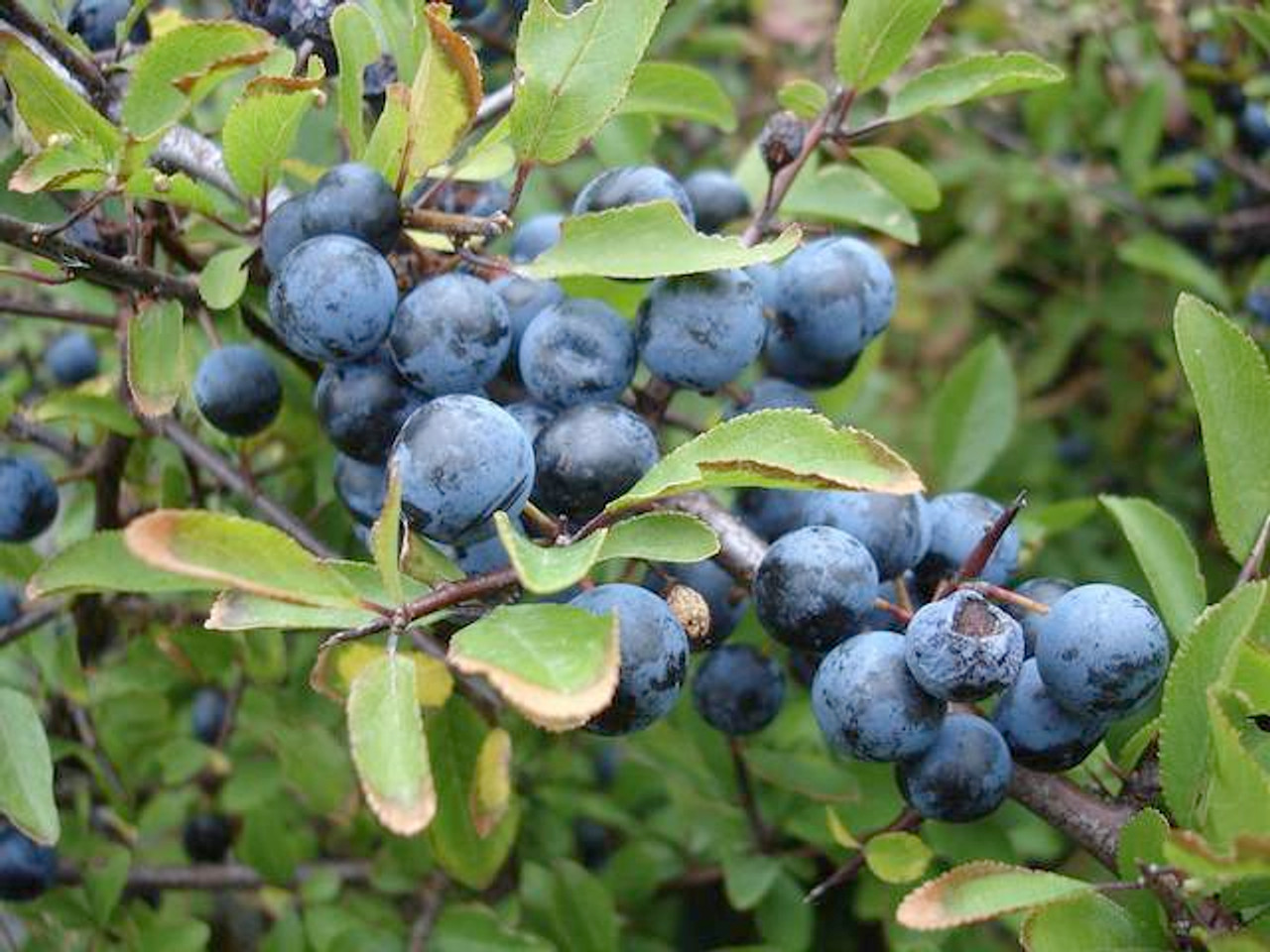
Native Conservation Hedging Mix - Value 50 pack
View ProductA lot can depend on space constraints, but even with a small patio garden you can achieve a lot - for example by trailing climbing plants or growing nectar-rich flowers in pots.
Shade and Shelter
Choosing plants that create natural shelter will provide cool habitats for frogs and other shade-loving garden guests. The soil underneath sheltering plants will be more active with insect life than those in the open.
Planting ferns and other plants that have a broad canopy creates a shady haven that can be frequented by blackbirds and robins hunting creepy crawlies for their lunch.
Garden Ponds
Few garden additions can have such a magnetic effect on wildlife as a pond. The good news is that it doesn't have to be a large one. A small pond or even a shallow dish tucked into a flowerbed can attract frogs, birds, and insects.
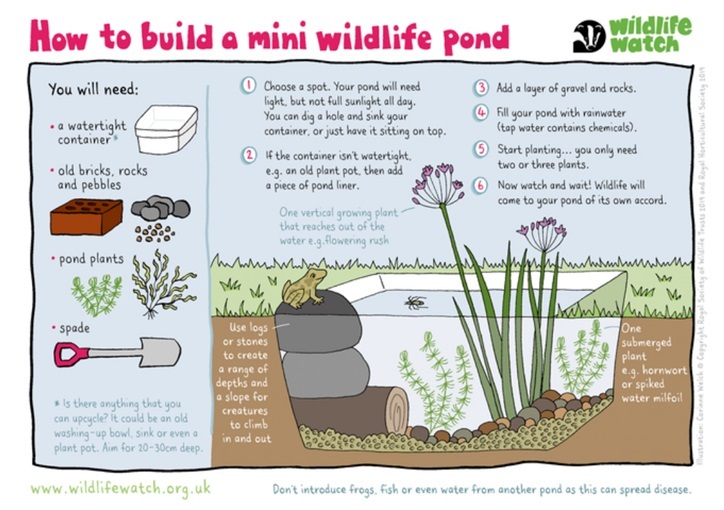
Similarly a pond doesn’t have to be fancy, but it is important to ensure there is some kind of entry or exit ramp, whether in the form of rocks, a timber planks or a sloping area at the edge of the pond. This will ensure that wildlife (or even pets) don't get trapped in the pond with no way to escape. Be aware also that a fish pond is not so suitable for wildlife, as the fish will dominate it.
Once a pond has been established, you can expect a diversity of life to populate or visit it, including hedgehogs, newts (possibly!), dragonflies, damselflies and hoverflies.

EasyPond 30000 Sunken Garden Pond Kit - 9m x 7m
View ProductFlowers for all Seasons
Wildlife-friendly planting takes many things into consideration; the varieties of the flowering plants are important but also the time of year that they flower.
Opting for a mix of native species and pollinator-friendly blooms ensures a steady supply of nectar, seeds, and shelter. Aim to have something flowering throughout the growing season: early snowdrops and crocuses help emerging bees, while late-season asters and sedums feed the final flurry before winter sets in.
Avoid mowing your lawn in spring as much as possible; this allows wildflowers to grow naturally and provide hungry early pollinators with a food source.
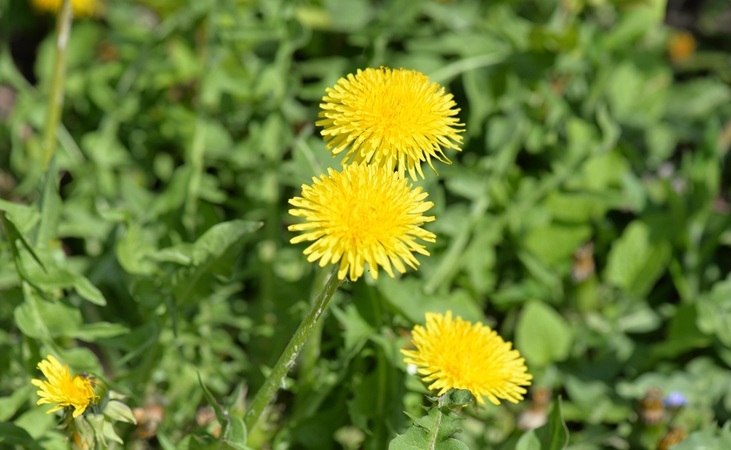
Wildflower areas can be introduced in small patches, containers or borders; you don't need a meadow to make an impact (and wildflower meadows are generally more high maintenance anyway). Even a scruffy patch of dandelions and clover can serve as a feast for insects.
How Insects are Attracted to Flowers
I guess it's obvious as we don't have the same type of eyes, but insects don't see flowers in the same way we do. Bees see colour in ultraviolet, so the colours we painstakingly arrange in a flower border look completely different to their target audience (after all flowers aren't showing off to you and me, they're trying to attract bees and other pollinating insects).
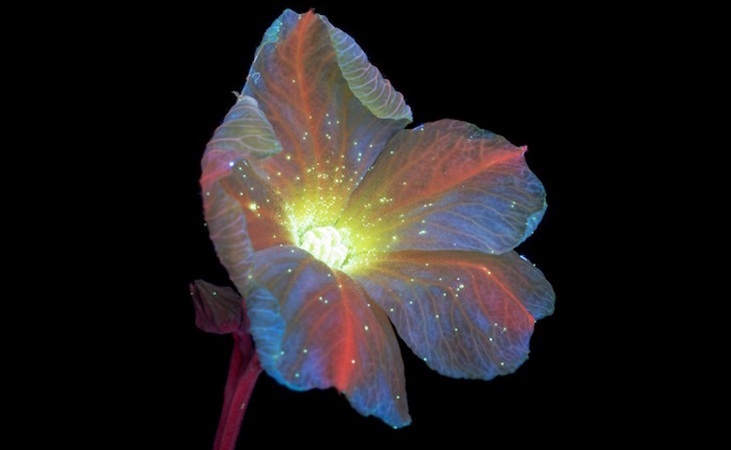
The image above is a yellow cucumber flower under ultraviolet light showing just how different it looks and how the important parts are lit up like a beacon. See photographer Craig Burrows fantastic website http://www.cpburrows.com for more of these 'other worldly' images.
Blue, purple, white and yellow blooms (to us) are said to be particularly attractive to bees, while moths are attracted to white and other pale shades which are easier to see in low light. Flowers that attract moths are usually scented - and become more so at night time when nocturnal moths are out and about.
Some insects have longer tongues than others, so have evolved with different species of flower for the mutual benefit of both parties. Short-tongued insects prefer open, single flowers like aster or geum, while long-tongued insects appreciate deep-throated flowers like wild honeysuckle or petunias.

The Surprising Benefits of Dead Foliage and Vegetation
Many plants are just as useful dead as they are alive (e.g Eryngium giganteum, above), as their rigid skeletons survive most of the winter and provide a home for insects sheltering from the cold. Increased winter insect habitats mean more winter insects, who in turn become food for blue tits and other birds, and so the cycle continues.
Hedging
Planting bare root hedging to create a natural garden boundary can do wonders for wildlife. Once established, hedging offers food, shelter and nesting habitat - in addition to its value in terms of privacy and wind protection.

Common Hawthorn Bare Root Hedging Plants
View ProductA ‘mixed hedge’ of native species is ideal, and can lead to year-round habitat, colour and interest. Hedgerow species that are known for their wildlife value include hawthorn, hornbeam, blackthorn, hazel, and holly.
Hawthorn for example is said to support over 150 different species of insect; this includes its leaves as well as nectar-rich flowers in late spring. It is a food plant for various moth caterpillars, while red berries (known as ‘haws’) provide food for birds or small mammals into the winter months.
Hedges can also act as wildlife corridors or ‘pathways’ for creatures like bats to navigate the landscape.

Attracting Wildlife to Your Garden: an Interview with Donna Mullen
Related ArticleAvoiding Chemicals
It’s increasingly a gardening taboo to use chemical pest controls, due to the destructive effect that they can have on beneficial insects, wildlife and our local ecosystem.
Chemical pesticides generally don’t discriminate between ‘pests’ and beneficial insects, and have been pointed to as a significant factor in pollinator decline.
While they can be an effective short-term pest control measure, they come at considerable long-term costs, such as reducing garden biodiversity: including the natural predators that prevent insect populations from getting out of control in the first place. As you can imagine, this can become something of a vicious circle.

Chemical residues can run off into ponds, harming aquatic life, while weedkiller sprays can be a threat to mammals and even family pets. Slug pellets, meanwhile, while targeted at slugs, can end up harming other wildlife that feed on slugs or accidentally ingest the pellets.
As an alternative to all this, many gardeners turn to natural pest control methods such as crop covers, organic sprays, or introducing/encouraging beneficial insects (e.g. ladybirds or lacewings).
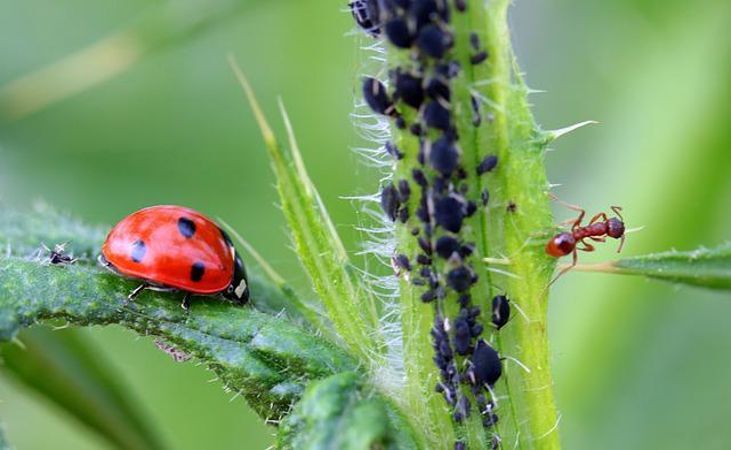
Bird Feeders & Nest Boxes
Our gardens can play a crucial role when it comes to supporting birds, as much of their natural wild habitats continue to decline. A thoughtfully managed garden can provide food, shelter, nesting spaces and drinking or bathing spots.
Hanging bird feeders are of course a simple and popular garden addition, and particularly important in winter when other food sources can dry up. They are also a great way to observe birds from a safe, unobtrusive distance.

Brushed copper Mini Nyjer Feeder
View ProductMake sure that feeders are placed in an area that doesn’t leave them vulnerable to cats or other predators, such as having it too close to nearby ledges or branches. You can also get ‘squirrel proof’ feeders with wire cages designed to exclude squirrels and larger birds (who can bully smaller ones).
Insects or caterpillars are an important protein source for baby chicks, and you can encourage them by setting aside a small area of the garden for a patch of nettles, uncut grass or wildflowers.

Some wild birds are known to nest in holes in trees, cliffs or in old buildings. Bird nesting boxes - made from timber with suitable interior dimensions - can act as a vital alternative to these nooks and crannies, which have become scarcer due to tree felling, renovations and other factors.
You could take your bird support to the next level by opting for a conservation grade nesting box, such as those made by Schwegler. These are made from a porous and breathable mix of wood fibres, clay and concrete (‘woodcrete’), which results in an ideal nesting environment with stable temperatures.
Schwegler’s nest boxes have different designs for different species, including a number that are in decline or are ‘species of concern’. Open-fronted nest boxes, for example, will attract Pied Wagtails and Spotted Flycatchers, the latter of which is in long-term decline in Ireland.

Open Fronted Nest Box - 2H
View ProductBuilt-in nest boxes or ‘bricks’ have also been designed for species such as swifts, who prefer to build their nests in cavities within building facades or under eaves.
Whatever nest box you go for (and you can DIY your own timber version), make sure to keep the box at a distance from any bird feeding area, as having them too close together can cause disruption and discourage nesting.
Nest boxes should also be cleaned out once a year to prevent spread of disease - this is best done at a time when you will not be disturbing the residents. Avoid using chemical cleaning products.
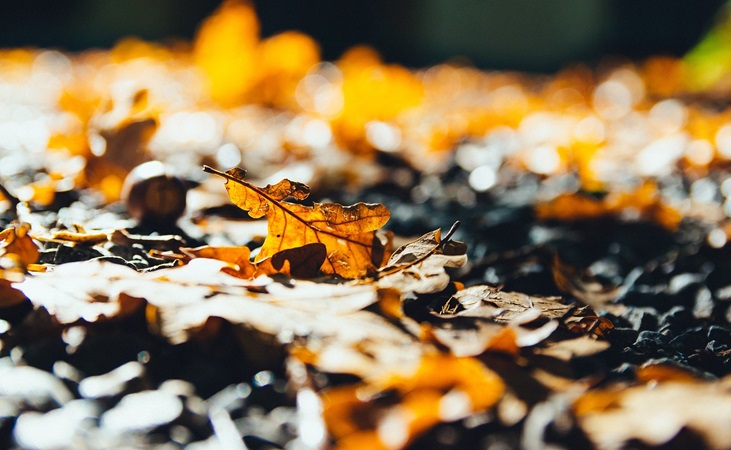
Fallen Leaves and Habitat
Allowing fallen leaves to break down naturally (rather than sweeping them away) can provide habitat for beetles, hedgehogs or overwintering creatures. You can also set up a 'leaf mould' cage. Leaf mould is a crumbly, black organic material that results from the gradual breaking down of leaves; it is an excellent soil improver.
Try also to go easy on the tidying. While it’s tempting to clear everything away for the sake of neatness or aesthetics (or to avoid creating a place for slugs to hide!), setting aside a small area of your garden for debris such as logs, dead plant stems, twigs etc will provide some shelter and hiding places for insects and small mammals.

Burgon & Ball Lawn and Leaf Rake
View ProductAccess for Wildlife
While birds and insects can move around freely, other wildlife need ways to access gardens as they roam around in search of food, shelter and habitat. Natural hedging is friendlier than fencing in this respect, but fences can be modified to create small access points (much like a 'cat flap' for the garden).
A good example of this is the 'hedgehog highway', which is a very small gap provided at the bottom of a garden fence, allowing hedgehogs to get in and out. These often feature colourful signage and decoration to highlight what their purpose is (in case the neighbours are wondering).
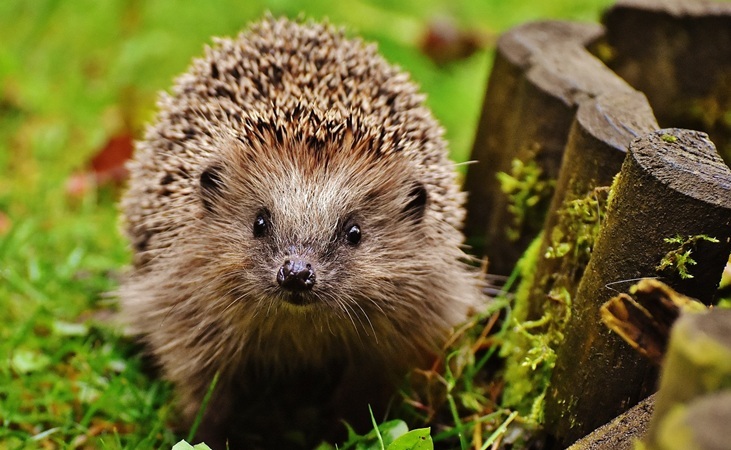
These 'wildlife corridors' serve a vital purpose. In the case of hedgehogs, a frightening number of them are killed by cars on the roads, as they are forced into completely unsuitable environments as they attempt to get around.
Further Reading
For more on Wildlife Friendly Gardening, see our interview with Donna Mullen, founder member of Bat Conservation Ireland and the Irish Environmental Network.



